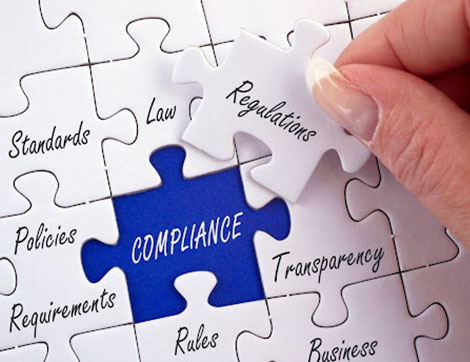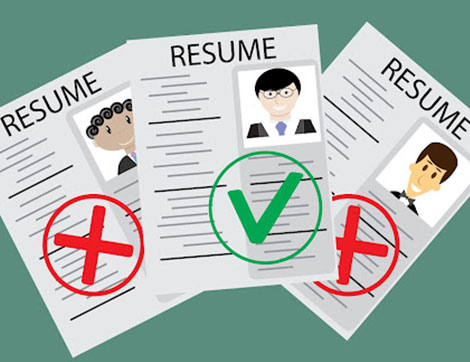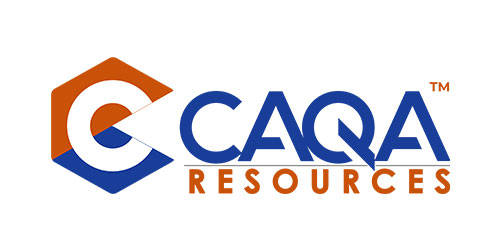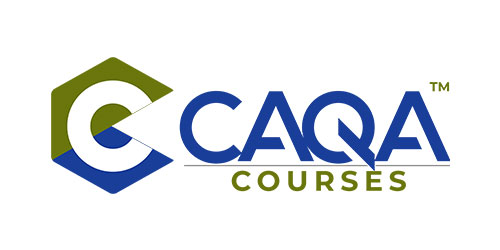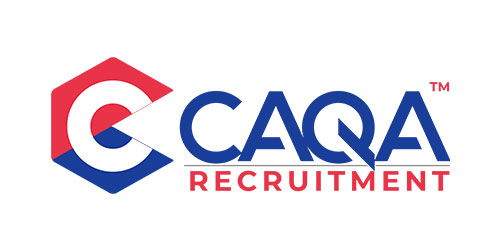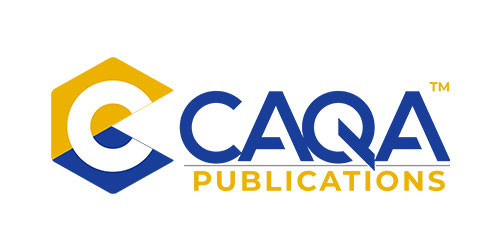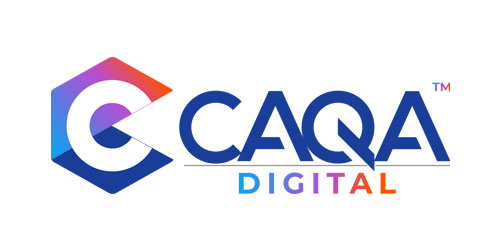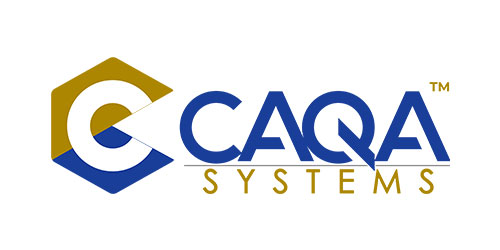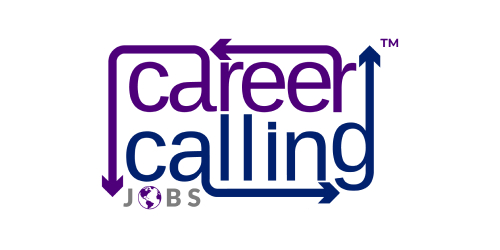
News
When a new law or regulation is enacted that affects the operation of training organisations in Australia, it is important to take steps to ensure compliance. Depending on the nature of the change, this may involve modifying existing policies and procedures, developing new ones, or both.
There are a number of ways to stay up-to-date on legislative changes:
1. Pay attention to announcements from relevant government agencies. For example, if a change is made to the National Vocational Education and Training Regulator Act 2011, the Australian Skills Quality Authority (ASQA) will likely issue a notice about it on its website.
2. Stay subscribed to email updates from bodies such as ASQA or other sector peak bodies. This way, you’ll be notified as soon as any changes are made to legislation that affects your training organisation.
3. Check sector-specific news sources regularly. For example, a number of websites include a section on regulatory updates, including CAQA.
4. Attend relevant events and conferences where updates are often provided.
5. Join relevant industry associations
6. It is always a good idea to consult with a legal professional if you have any questions or concerns about how a change in legislation may impact your business. They will be able to advise you on the best course of action moving forward.
7. Check the Australian Government’s Legislation Register regularly. This is the site where all changes to Commonwealth legislation are announced.
8. Stay informed about industry news and developments. Changes to legislation often come about as a result of wider changes in the sector or industry. By keeping up with news and developments, you’ll be in a better position to anticipate legislative changes that might affect your training organisation.
9. alk to other training organisations and sector bodies. Keeping in touch with others in your industry will help you stay abreast of legislative changes that might affect your training organisation.
10. Keep an eye on government consultations. The Australian Government often consults with industry and the public on proposed changes to legislation. By taking part in these consultations, you can have a say in the development of legislation that affects your training organisation.
It’s important to keep up-to-date on changes to legislation, as it can have a direct impact on your business. For example, new legislation may require you to change your training methods or materials. Ignoring legislative changes can put your business at risk of non-compliance.
If you’re not sure how a particular legislative change will affect your business, get in touch with a professional organisation or RTO consultants for advice. They’ll be able to provide you with guidance on how to stay compliant.
Once you are aware of a change, take the following steps:
- Review the new legislation and make sure you understand how it will impact your training organisation. Check the date the change comes into effect – make sure you are prepared in advance!
- Speak to your legal advisor or RTO compliance consultants to get guidance on how to comply with the new requirements.
- Assess and understand how the change will impact your organisation’s operations. This may require consulting with stakeholders such as staff, management, clients, or industry bodies. Decide if the change is something you need to comply with – some changes may not be relevant to your organisation.
- If you do need to comply with the change, develop a plan of action for how your organisation will do so. Determine what needs to be done to ensure compliance with the new law or regulation. This may involve modifying existing policies and procedures, developing new ones, or both. Organisations should then update their training materials and notify staff of the changes.
- Implement the necessary changes in a timely manner. Depending on the nature of the change, this may require training staff on the new procedures, updating client-facing materials such as changes on the marketing materials, training and assessment resources and materials, compliance and regulatory registers or making changes to internal systems, processes, procedures and operational guidelines.
- Communicate the changes to all relevant staff members and make sure they understand what is required of them under the new regime.
- Monitor compliance and make adjustments as needed. Once the changes have been put in place, it is important to monitor compliance and make any necessary adjustments. This may involve conducting audits, reviewing feedback from staff or clients, or modifying procedures as needed.
- Make any necessary tweaks or adjustments to ensure continued compliance.
- Keep up to date with any further changes that may come into effect, and repeat the process as necessary. Share your knowledge of the changes with others in your organisation, so that everyone is aware of the requirements.
- Seek professional help or advice if you are unsure about anything – it is better to be safe than sorry!
By taking these steps, you can ensure that your organisation is compliant with the latest legislation and able to continue operating smoothly.
Making sure your organisation is compliant with new legislation can be a challenge, but it’s essential for maintaining your accreditation. By taking the time to review the legislation and make the necessary changes, you can help ensure your organisation continues to provide quality training.
 1800 961 980
1800 961 980 info@careercalling.com.au
info@careercalling.com.au




